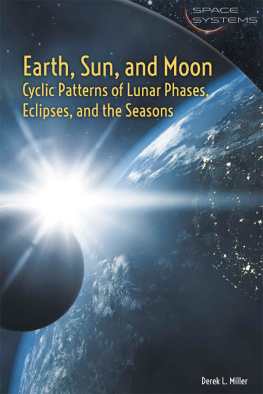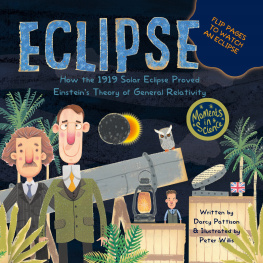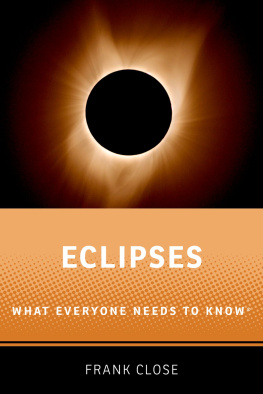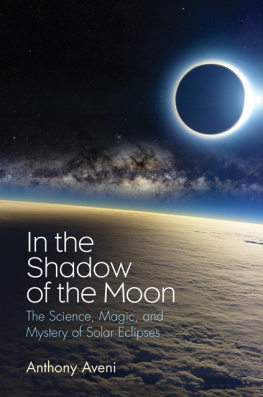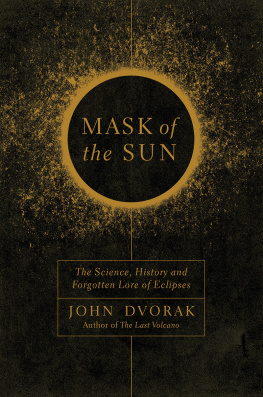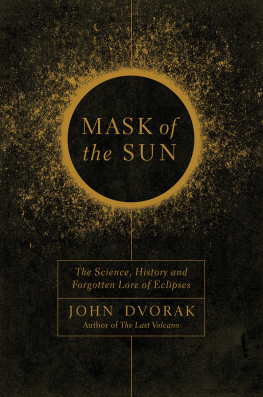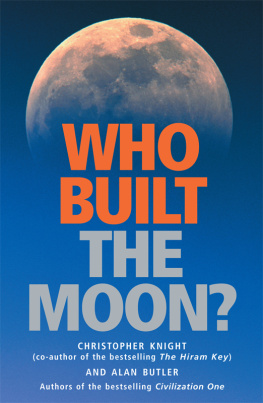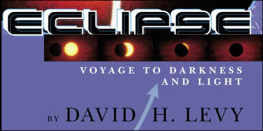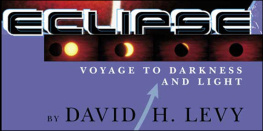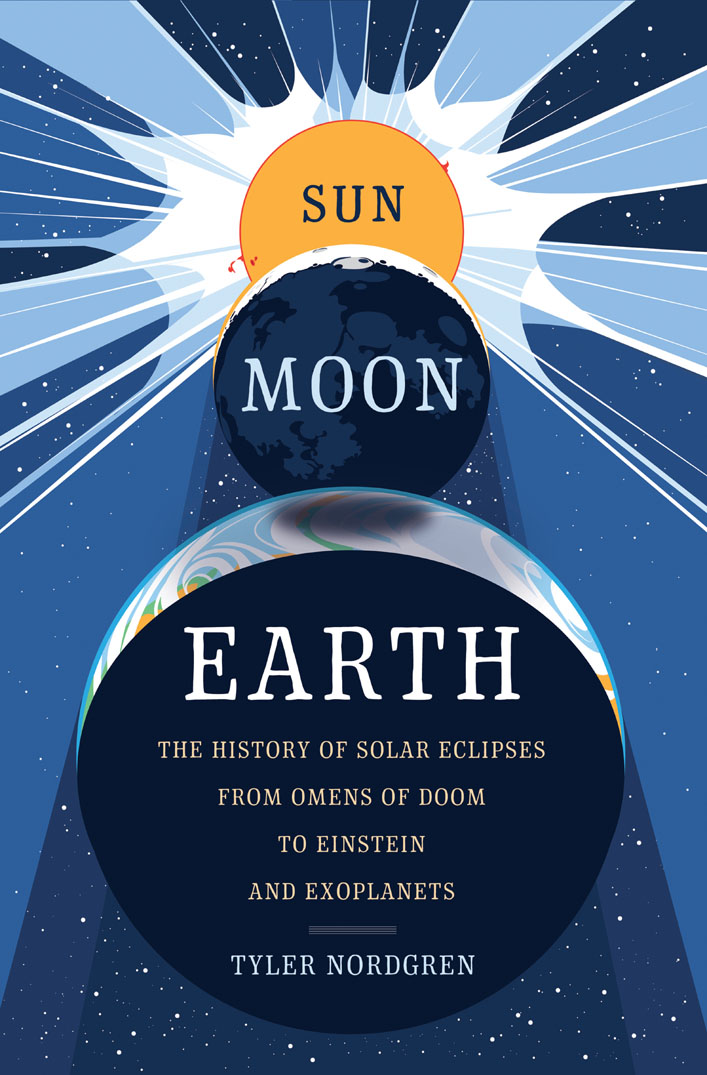Table of Contents
Guide


Also by Tyler Nordgren

Night Sky: A Guide to Our Galaxy
Stars Above, Earth Below: A Guide to
Astronomy in the National Parks
Copyright 2016 by Tyler Nordgren
Published by Basic Books,
A Member of Perseus Books, a division of PBG Publishing, LLC, a subsidiary of Hachette Book Group, Inc.
All rights reserved. Printed in the United States of America. No part of this book may be reproduced in any manner whatsoever without written permission except in the case of brief quotations embodied in critical articles and reviews. For information, contact Basic Books, 250 West 57th Street, New York, NY 10107.
Books published by Basic Books are available at special discounts for bulk purchases in the United States by corporations, institutions, and other organizations. For more information, please contact the Special Markets Department at Perseus Books, 2300 Chestnut Street, Suite 200, Philadelphia, PA 19103, or call (800) 810-4145, ext. 5000, or e-mail .
Designed by Jack Lenzo
Library of Congress Cataloging-in-Publication Data
Names: Nordgren, Tyler E. (Tyler Eugene), 1969
Title: Sun, Moon, Earth: the history of solar eclipses, from omens of doom to Einstein and exoplanets / Tyler Nordgren.
Other titles: Solar eclipses
Description: New York: Basic Books, [2016] | Includes bibliographical references and index.
Identifiers: LCCN 2016013888 | ISBN 9780465096466 (ebook)
Subjects: LCSH: Solar eclipses.
Classification: LCC QB541 .N67 2016 | DDC 523.7/809dc23 LC record available at https://lccn.loc.gov/2016013888
10 9 8 7 6 5 4 3 2 1
This book is dedicated to my father, who still feels terrible about me missing the 1979 eclipse. Dont worry anymore; it set me on the path to be the right person at the right place and time for 2017.
Contents
It is a spectacle pure and simple, the most magnificent free show that nature presents to man.... [N]ot to view the coming one would be literally to lose the opportunity of a lifetime.

ON THE SOLAR ECLIPSE OF 1925,
THE NEW YORK TIMES
I have spent my whole life watching the sky. As an astronomer, Ive been to observatories all over the world and used every kind of telescope to look at distant star clusters and massive galaxies. Every clear night is an opportunity to experience something amazing. I have seen comets stretch across the sky, viewed sunlight glinting off the dust that floats between the planets, and witnessed a Milky Way so bright that the glow of its billion stars cast a shadow at my feet. But in all my life I have never seen anything as awe inspiring, as awesomein the original definition of the wordas a total eclipse of the Sun. It is the only astronomical wonder that requires no telescope or complicated equipment to see. In fact, it looks even more spectacular to the eye than through the lens of any camera.
For an event that has at some point touched almost every place on Earth, remarkably few people have ever seen a total solar eclipse. The fact that anyone is able to see one is due to the great coincidence that our Moon is exactly the right size and distance from the Earth to cover the Sun completely. More often than not, the alignment between the worlds is imperfect, resulting in a partial eclipse where the Moon only blocks a portion of the Sun. At those moments, the Sun is still blindingly bright (literally) and so we are warned to use those little paper eclipse glasses that reward us with the strange sight of a Sun that is not fully there. Its likely that you have probably seen a partial eclipse without making any special effort.
But on those much rarer occasions, when the alignment of Sun and Moon is perfect, and you stand fully within the shadow of the Moon, youll see a total eclipse. The shadow on the landscape is smallmaybe no more than a few dozen miles wideyet the motion of the Moon draws this darkness eastward for thousands of miles across our planet. This is the path of totality. For anyone on the ground, the experience can be either awe-inspiring or merely interesting, depending entirely on whether you are inside or outside that ribbon of darkness. Outside totalitys path and the Sun is still blindinguse of those glasses is imperative for your safety. But stand inside the path and the temperature drops, birds grow quiet, shadows sharpen, and colors become muted and fade. Then, all at once, the Sun turns black and the stars come out. Overhead a ghostly aura streams outward around the Suns dark disk.
Make no mistake, the difference between whether youre inside the path of totality or outside it is literally the difference between day and night. No other experience comes close to the multisensory strangeness of this most unnatural of natural events. From someone who has been there, trust me, the minute its over, youll wonder where and when to go to see another.
Totality changes everything.
It got to be pitch dark, at last, and the multitude groaned with horror to feel the cold uncanny night breezes fan through the place and see the stars come out and twinkle in the sky. At last the eclipse was total, and I was very glad of it, but everybody else was in misery.... Then I lifted up my handsstood just so a momentthen I said, with the most awful solemnity: Let the enchantment dissolve and pass harmless away!

MARK TWAIN, A CONNECTICUT YANKEE
IN KING ARTHURS COURT, 1889
W hat if Christopher Columbus had been killed in the Caribbean? At one moment in history, on the night of February 29, 1504, the fate of the world we now know depended on the alignment of the Sun, Moon, and Earth in the form of an eclipse.
Columbus was in the midst of his fourth and final voyage to the New World when his aging ships became wrecked on the north shore of Jamaica. Initially the castaways found succor from the locals, but as the days turned to months their appetites outstripped everything available. Facing days on end without food, Columbuss crew mutinied and set upon the Jamaicans, who immediately rose in rebellion.
Whatever his gifts as a navigator, Columbus was a terrible ruler of men; he had already been fired as governor of the Indies for his incompetence and cruelty. Fearing for his life, he consulted the astronomical almanacs he used for navigation. In them he found that three days later, on the evening of the 29th, there would be a total lunar eclipse when the Moon passed through the shadow of the Earth. At those moments, the Moon takes on the reddish color of sunlight filtering through the Earths atmosphere. Astrologers call this a blood moon for obvious reasons.
Assembling the Jamaican chieftains, Columbus told them that God was angry at their rebellion and would make His displeasure known by causing the Moon to be inflamed with wrath. That night, when the Moon finally rose, a dark shadow had already begun to spread across its face, and the assembled islanders looked on in horror as the darkness spread. Eventually the Moon became the dark coppery color of blood.
Next page

